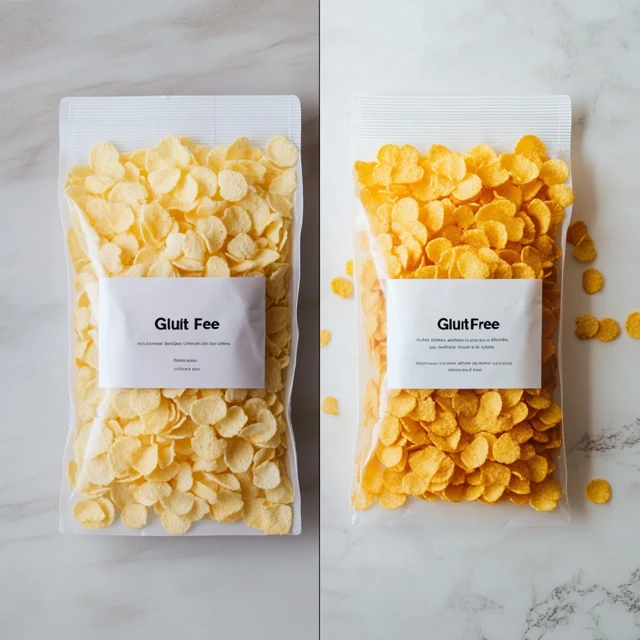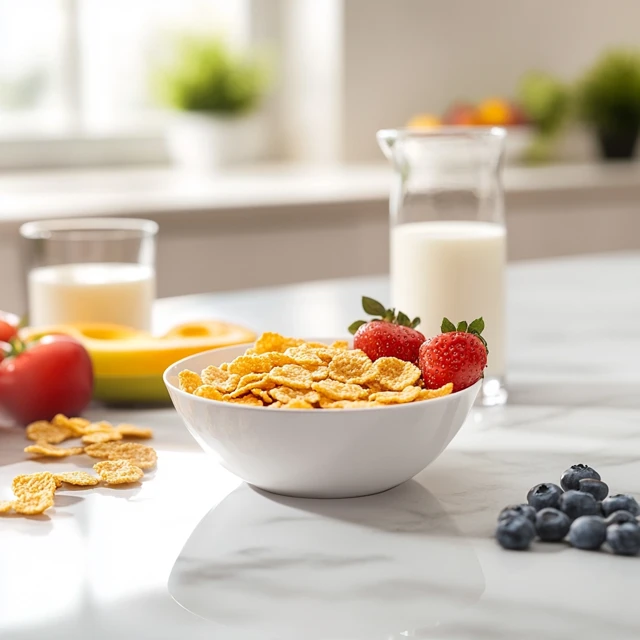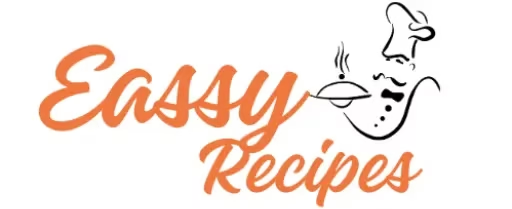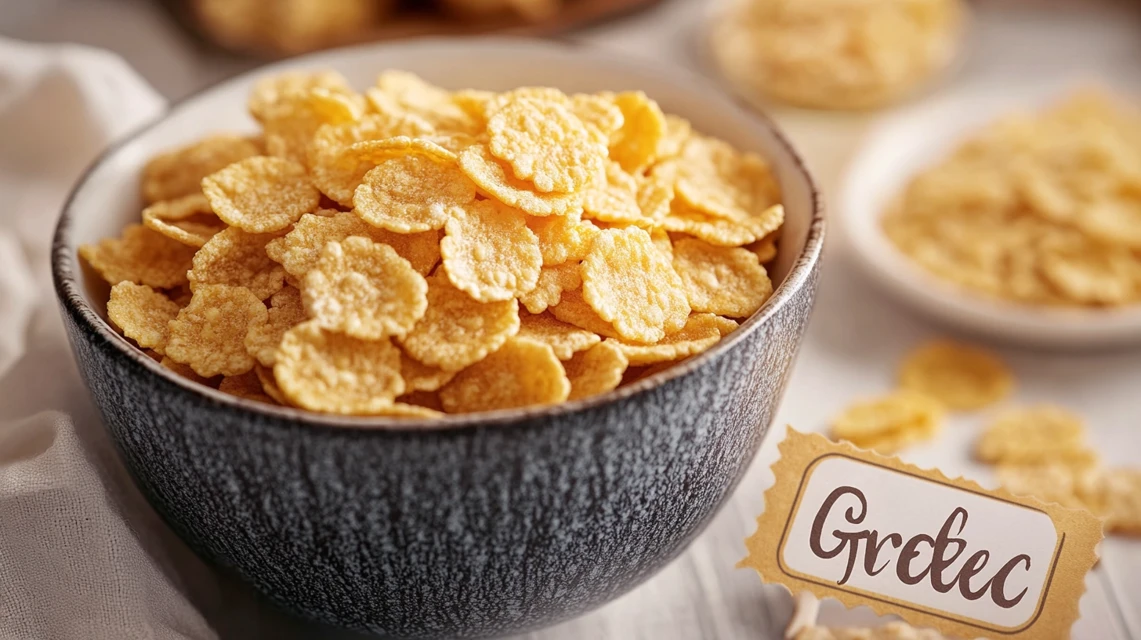Many people enjoy corn flakes as a quick and easy breakfast. However, if you follow a gluten-free diet, you might wonder whether they are safe to eat. Understanding the ingredients and how they are processed can help you make an informed choice. Let’s take a closer look at whether corn flakes contain gluten, how to identify gluten-free options, and the best alternatives for those avoiding gluten.
Understanding Gluten in Corn Flakes
To determine whether corn flakes contain gluten, it’s essential to understand what gluten is and how it might find its way into your favorite breakfast cereal.
What Is Gluten and Why Does It Matter?
Gluten is a protein found in grains like wheat, barley, and rye. It helps foods maintain their shape and gives them a chewy texture. While gluten is harmless for many people, it can cause serious health issues for individuals with celiac disease or gluten sensitivity. Even small amounts of gluten can trigger symptoms such as bloating, digestive discomfort, and fatigue in those with gluten-related disorders.
Avoiding gluten requires careful attention to food choices. Many packaged foods, including breakfast cereals, can contain hidden sources of gluten, even if they appear gluten-free at first glance.
Are Corn Flakes Naturally Gluten-Free?
Since corn flakes are primarily made from corn, many assume they do not contain gluten. Corn itself is a gluten-free grain, making it safe for those avoiding gluten. However, the problem arises during the production process.
Most commercial brands of corn flakes include additives like malt flavoring, which comes from barley, a gluten-containing grain. Additionally, some processing facilities handle gluten-containing grains alongside corn, increasing the risk of cross-contamination. Because of this, standard corn flakes are not always safe for those with gluten intolerance.
check out this https://eassyrecipes.com/category/breakfast/
Hidden Sources of Gluten in Corn Flakes
Gluten can sometimes sneak into corn flakes in ways you might not expect. Some of the most common hidden sources include:
- Malt Flavoring: Often derived from barley, malt is added to enhance the flavor of corn flakes. This makes them unsuitable for gluten-free diets.
- Cross-Contamination: Even a tiny bit of gluten can get into corn flakes if factories make them in the same place where they make foods with gluten.
- Additives and Preservatives: Some ingredients, such as stabilizers and thickeners, may contain gluten or come into contact with gluten during processing.
Reading ingredient labels carefully is the best way to avoid unexpected gluten exposure.
check out this https://eassyrecipes.com/category/breakfast/
Gluten-Free Corn Flakes Options

If you want to enjoy corn flakes without worrying about gluten, several options are available. Choosing the right product can help you maintain a gluten-free lifestyle without giving up your favorite breakfast cereal.
How to Identify Gluten-Free Corn Flakes
Finding gluten-free corn flakes is easier when you know what to look for. To ensure you are choosing a safe option, follow these tips:
- Check the Ingredients List: Look for brands that explicitly state they do not contain malt flavoring or other gluten-based additives.
- Look for Gluten-Free Certification: Products with certification labels from organizations such as the Gluten-Free Certification Organization (GFCO) ensure that they meet strict gluten-free standards.
- Research the Brand: Some manufacturers specialize in gluten-free products and take extra precautions to prevent cross-contamination.
By following these steps, you can confidently select gluten-free corn flakes that align with your dietary needs.
Popular Gluten-Free Corn Flakes Brands
Thankfully, many brands now offer gluten-free versions of corn flakes, making it easier to enjoy your favorite cereal without the risk of gluten exposure. Some widely available options include:
- Nature’s Path Organic Gluten-Free Corn Flakes: Made with simple ingredients and free from artificial additives.
- Kellogg’s Gluten-Free Corn Flakes: A trusted brand offering a gluten-free version of their classic cereal.
- Barbara’s Bakery Corn Flakes: A popular choice known for its organic and gluten-free options.
These brands offer delicious alternatives that maintain the crunch and flavor of traditional corn flakes, so you don’t have to miss out on your morning routine.
Homemade Alternatives for Gluten-Free Diets
If you prefer a more customized approach, making your own gluten-free corn flakes at home can be a great alternative. This option allows you to control the ingredients and avoid any potential contamination. Here’s how you can make your own gluten-free corn flakes:
- Start with Gluten-Free Cornmeal: Choose a certified gluten-free cornmeal to ensure no traces of gluten.
- Mix with Natural Sweeteners: Add honey or maple syrup to enhance the flavor naturally.
- Bake Until Crisp: Spread the mixture on a baking sheet and bake at a low temperature until crispy and golden.
Homemade corn flakes provide a fresh and crunchy alternative while allowing you to enjoy a gluten-free breakfast with peace of mind.
Tips for Choosing the Right Corn Flakes

Choosing the right corn flakes can be challenging, especially when following a gluten-free diet. Many products appear to be gluten-free at first glance, but hidden ingredients or manufacturing practices can introduce gluten. To make the best choice, it’s important to carefully examine ingredient labels, look for certification marks, and take steps to avoid cross-contamination. Let’s explore how to choose the right corn flakes for your dietary needs.
Reading Ingredient Labels for Gluten
To know if corn flakes have gluten in them, you should first check the list of ingredients on the box. Companies must list all ingredients, but sometimes they use words for gluten that aren’t easy to spot. Here’s what you need to look for:
- Malt Flavoring: This common ingredient is derived from barley, which contains gluten. If you see “malt flavoring” or “barley malt extract” listed, the cereal is not gluten-free.
- Modified Food Starch: While starch itself is often gluten-free, it’s important to check if it specifies the source. If the label doesn’t clarify, it could contain wheat-based starch.
- Artificial Flavorings and Preservatives: These companies might make artificial additives with gluten, or they might make them in factories that also handle foods with gluten.
- Sugar Sources: Some brands use caramel coloring derived from gluten-containing grains, so it’s best to opt for products with clear labeling.
If you’re unsure about any ingredient, it’s always best to do a quick online search or contact the manufacturer for clarification. A careful review of the ingredient list helps you avoid unwanted gluten while making healthier choices.
check out this https://eassyrecipes.com/category/breakfast/
Certification Marks to Look For
One of the easiest ways to ensure that your corn flakes are truly gluten-free is by looking for certification marks from trusted organizations. Certified gluten-free products go through strict testing and verification to confirm that they meet gluten-free standards. Here are some key certification labels to look for:
- Gluten-Free Certification Organization (GFCO): This widely recognized certification guarantees that the product contains less than 10 parts per million (ppm) of gluten, ensuring it is safe for those with celiac disease.
- Certified Gluten-Free (GF) Logo: Many brands include a “GF” symbol on packaging to indicate compliance with gluten-free standards. Always look for this mark to verify safety.
- Celiac Support Association (CSA) Seal: These products get tested, and labs can’t find any gluten in them. So, they work really well for people who are very sensitive to gluten.
Certified gluten-free corn flakes provide peace of mind, as they have undergone rigorous testing to meet strict dietary requirements. Always prioritize brands that carry one of these trusted labels.
Avoiding Cross-Contamination Risks
Companies might label their products as gluten-free, but gluten can still get into the food when they make, store, or prepare it. This happens when gluten-free foods touch foods with gluten in them, so people with gluten sensitivity or celiac disease can’t safely eat them. Here are some tips to help keep your food safe:
1. Check Manufacturing Practices:
Some companies produce gluten-free and regular cereals in the same facility. Look for statements such as “Processed in a gluten-free facility” or “May contain traces of gluten” to gauge the level of risk. Choosing brands that follow strict gluten-free protocols can help prevent accidental gluten exposure.
2. Store Separately:
Keep your gluten-free cornflakes in sealed containers and store them away from foods with gluten. This helps keep them safe. Also, make sure to use clean spoons, bowls, and serving tools that haven’t touched foods with gluten.
3. Prepare with Care:
Using dedicated kitchen tools and equipment for gluten-free foods can make a big difference. Always wash hands and surfaces before handling gluten-free foods to eliminate the risk of accidental contact.
4. Buy Trusted Brands:
Stick to well-known gluten-free brands with a history of producing safe products. Companies specializing in gluten-free foods are more likely to have dedicated production lines and stringent testing methods.
By following these precautions, you can enjoy your cornflakes with confidence, knowing that you’ve taken steps to avoid gluten exposure.
FAQs About Gluten in Corn Flakes
Many people have questions about whether cornflakes contain gluten and which options are safe for those following a gluten-free diet. Here are answers to some of the most common questions to help you make the best choices.
Which Cornflakes Are Gluten-Free?
Many brands now make gluten-free cornflakes that people with gluten intolerance or celiac disease can safely eat. They make these cereals without any gluten ingredients and take extra care in their factories to keep gluten away from them. Here are some brands that make gluten-free corn flakes:
- Nature’s Path Organic Gluten-Free Corn Flakes: Made from non-GMO corn with no artificial additives, these flakes are certified gluten-free.
- Kellogg’s Gluten-Free Corn Flakes: A gluten-free alternative to the classic version, made without barley malt.
- Barbara’s Bakery Organic Corn Flakes: A trusted gluten-free option that uses simple, wholesome ingredients.
- EnviroKidz Gorilla Munch: Although not labeled as traditional cornflakes, this puffed corn cereal is a gluten-free alternative with a similar taste and texture.
To ensure that the cereal is safe for your diet, always check the packaging for gluten-free certification symbols and ingredient lists.
Are Corn Flakes Made from Wheat?
Traditional cornflakes start with milled corn, but most brands add ingredients that come from grains with gluten. For example, they often add malt flavoring from barley, which has gluten in it.
If you have a gluten allergy or sensitivity, it’s essential to avoid brands that contain malt flavoring or other hidden sources of gluten. Instead, opt for products that explicitly state they are wheat-free and gluten-free.
How Much Gluten Is in Kellogg’s Corn Flakes?
Kellogg’s original cornflakes contain barley malt flavoring, which means they are not gluten-free. Barley malt contains gluten, and even small amounts can trigger reactions in people with gluten sensitivity or celiac disease.
Companies don’t list the exact amount of gluten on their packages, but if you see barley malt in the ingredients, the product has gluten in it. So, if you eat gluten-free, you need to stay away from these products.
The good news is that Kellogg’s makes a special gluten-free version of their cornflakes. They don’t use barley malt in these, and they make them in a facility that only handles gluten-free foods. You can find these in some stores.
What Cereals Are Totally Gluten-Free?
If you’re looking for gluten-free breakfast cereals beyond cornflakes, there are many great options to choose from. Some popular gluten-free cereals include:
- Rice Chex: Made from whole grain rice, this cereal is certified gluten-free and offers a crunchy texture.
- Cheerios (Gluten-Free Varieties): Cheerios makes most of their flavors with gluten-free oats, and they make them in a special facility that only handles gluten-free foods.
- Nature’s Path Mesa Sunrise: A blend of corn, flax, and quinoa, this gluten-free cereal is rich in nutrients and fiber.
- Cascadian Farm Organic Honey Nut O’s: A great gluten-free alternative to traditional honey-flavored cereals.
- Bob’s Red Mill Gluten-Free Oatmeal: A hearty and nutritious gluten-free breakfast option made with certified gluten-free oats.
When shopping for gluten-free cereals, always check for a gluten-free certification label to ensure safety and avoid cross-contamination.
Conclusion
Brands make cornflakes mainly from corn, but they often add ingredients with gluten, like barley malt flavoring. So, if you follow a gluten-free diet, you should check the ingredient labels carefully and find cereals with a gluten-free certification. The good news is that you can now find many gluten-free cornflakes and other cereals, so you can still enjoy a tasty, safe breakfast.
Start by choosing certified gluten-free options, and then make sure to check for hidden gluten. You can also try different kinds of cereals. This way, you’ll find many tasty breakfast choices that keep you healthy.

